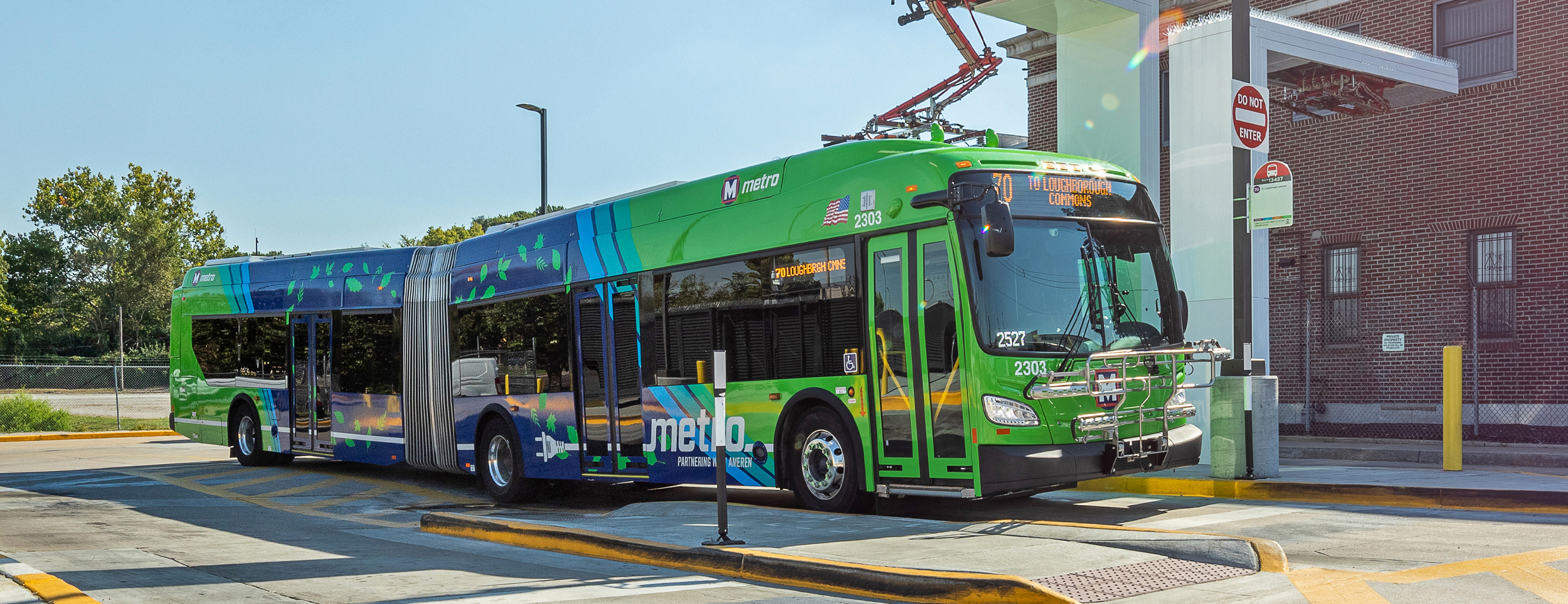When Kyle Pynn looks at the core challenges to widespread adoption of electric vehicles, he detects what might seem like a dichotomy:
- Will consumers buy EVs at large scale before the electrical infrastructure to support those vehicles is fully in place?
- Will electric utilities invest and build that infrastructure before EV adoption hits critical mass?
These questions seem like a classic chicken-or-egg scenario. But Pynn, director of transportation electrification at Burns & McDonnell, thinks the answer need not be so clear-cut: “It’s really more like a chicken omelet. It’s all of the above right now.”
With interest and pressure for movement toward a net zero economy at an all-time high, it’s time to stir the ingredients. Electrification is widely seen as a key step toward realizing the transition to carbon reduction. Transportation electrification — that is, widespread adoption of EVs, largely supplanting the internal combustion engine vehicles that account for 29% of U.S. carbon dioxide emissions — will be critical and will extend beyond individual passenger vehicles, into public and private fleets.
But achieving that objective will be more complicated than merely replacing vehicles; sufficient infrastructure to support those vehicles will be needed to reach the destination. Additional funding is on its way from the Infrastructure Investment and Jobs Act passed in late 2021, and clean energy commitments are driving many developments. The key is for industries to begin proactively planning now for the cascading changes and to start investing in the infrastructure needed to support them.













.png)